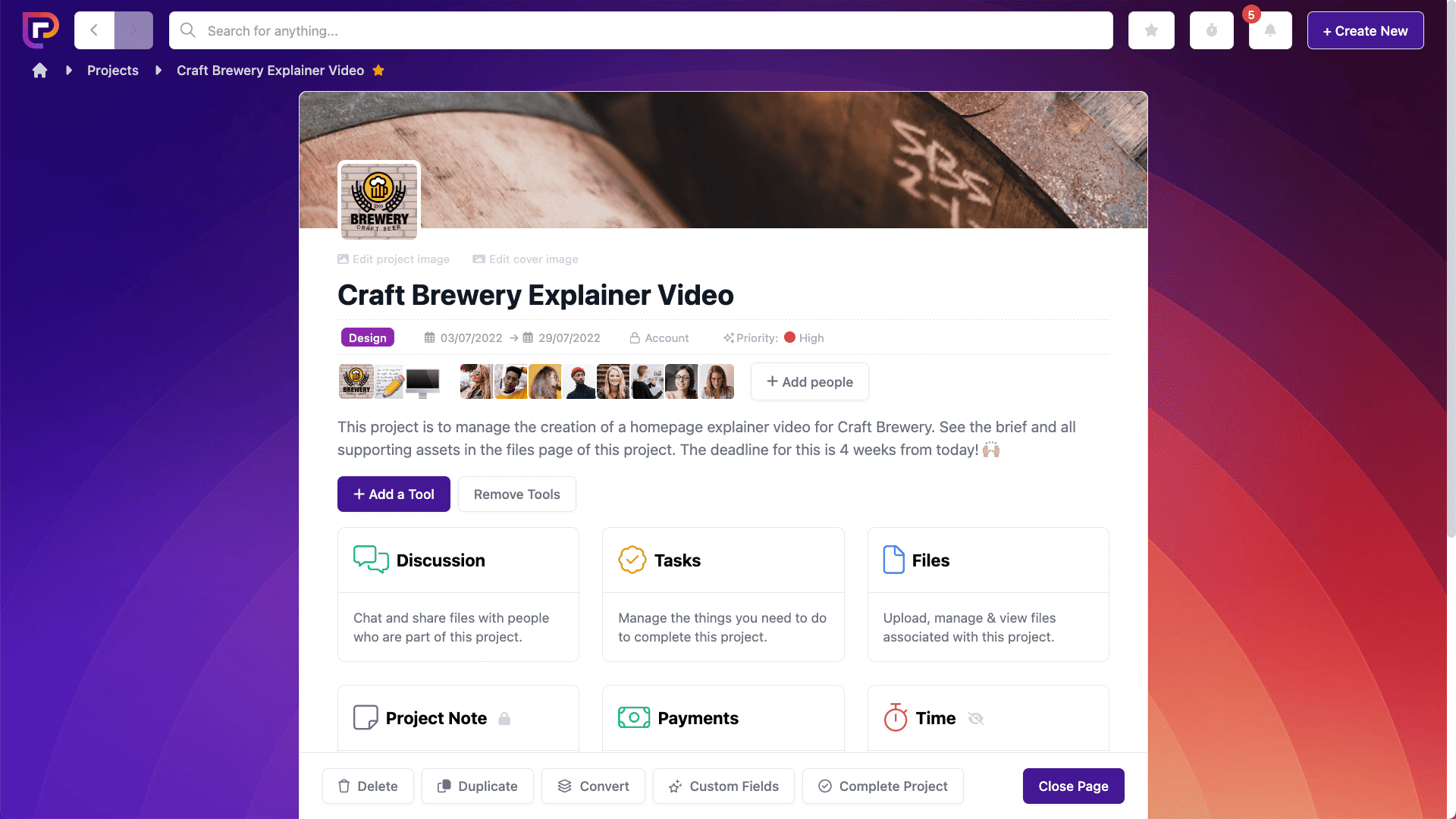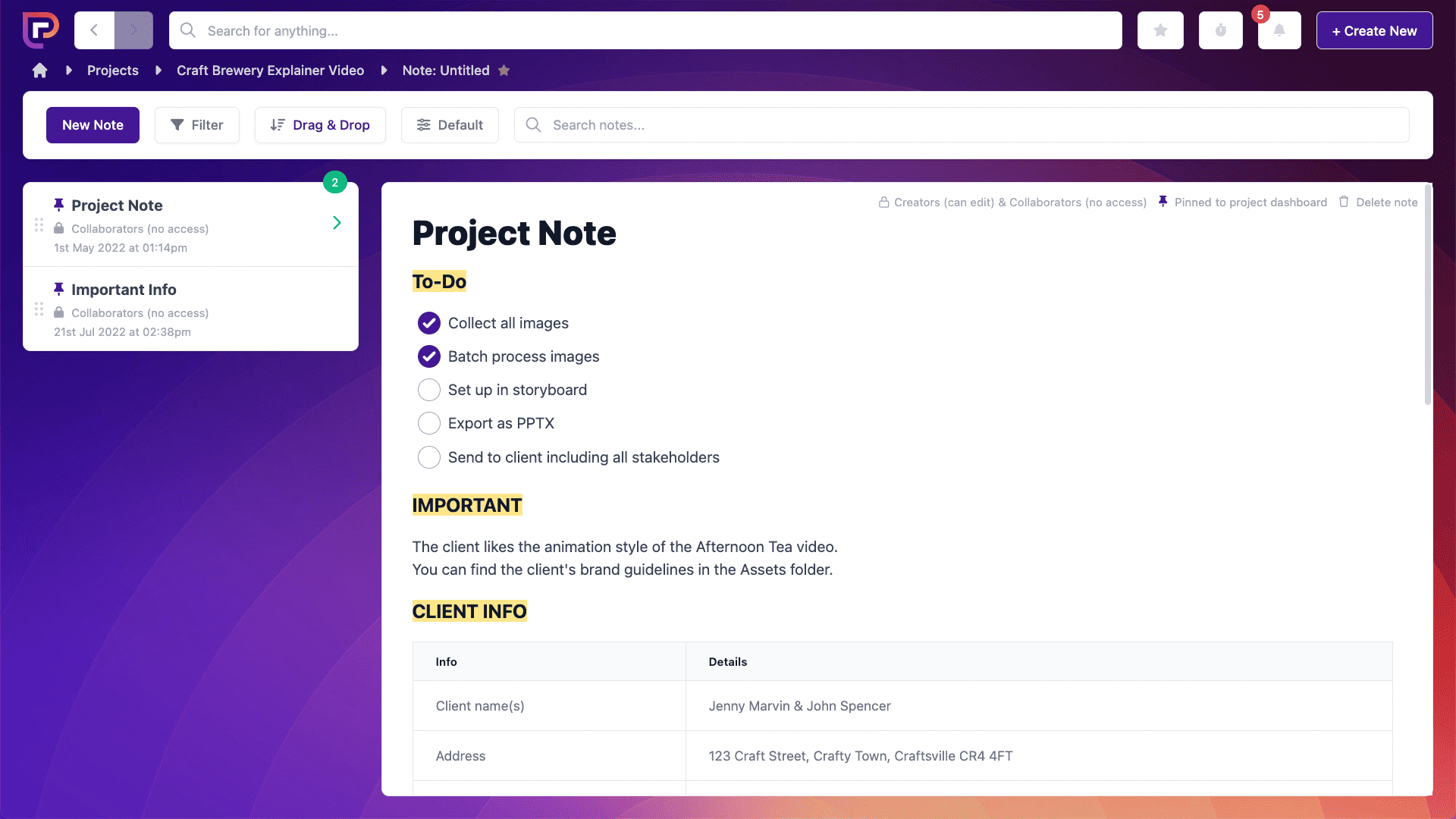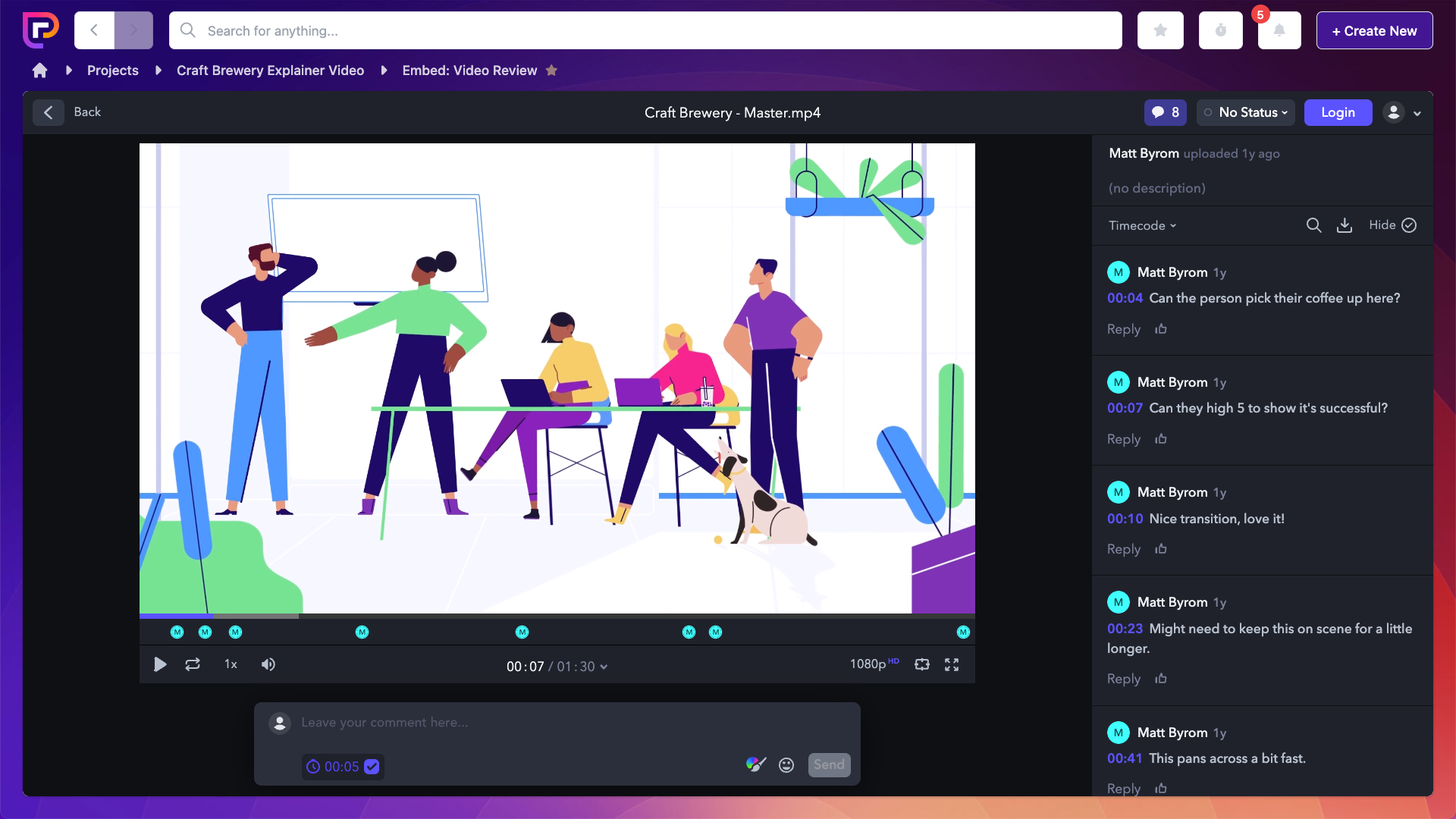Last updated on 20th May 2024
In this post we’re going to take a look at project visibility.
What is it?
Why’s it so important?
And, crucially, we’ll list 6 actionable ways to improve project visibility in your team – giving your projects the best possible chance of success.
What is project visibility?
Project visibility is the process and/or technique of making crucial project information – things like project objectives, milestones, tasks, risks, and issues – readily available and easily understood by project stakeholders throughout the whole lifecycle of a project.
In the most simple terms, project visibility is about everyone involved in a project being able to answer the following questions, at any time:
– What role am I playing in making that happen?
– What role do other people play – and how does that interface with my own activities?
– Where are things up to, right now – across the whole project?
– Are we on track, behind or ahead of schedule?
– What, if anything, has changed in the project plan since we got started?
– Where do I find the things I need to actually do my best work and make the project a reality?
If you feel like ALL project stakeholders can answer those questions with confidence and certainty, then ‘way to go!’ – you clearly have high levels of project visibility.
If not – maybe you should read on!
Why is project visibility important?
Project visibility is important because it helps project managers and team members keep track of progress, identify potential problems, and make sure everyone’s working towards the same goal.
It means problems can be identified and dealt with, without the whole project becoming derailed.
If people and teams can’t get a clear and accurate idea of what’s happening across other parts of the project – things can very quickly become disconnected and messy. It can determine the success or failure of your whole project.
Ways to increase visibility in a project
1. Uniformity – a single source of truth
2. Keep (most) communication in one place
3. Avoid information silos
4. Use task and workflow visualisation tools
5. Use collaborative tools for work reviews, proofing and approvals
6. Regular check ins and meetings where necessary
1. Uniformity – a single source of truth
Whatever industry you’re in, you’ll generally find that people tend to like managing their own work, their own way.
They mean well, of course. But it can end up a real mess. Scribbly notebooks, paper to-do lists, siloed messages, private calendars: these things are the enemies of true project visibility.
One of the best ways to improve project visibility is to ensure that there is only one source of information about a project – sometimes called a ‘single source of truth.’
This simply means that everyone involved in the project knows where to go to find the latest information, and there is no confusion about what’s happening at any given time.
Having all your project information in one place makes it easy for everyone to see what’s going on and stay up-to-date.

And, since projects inevitably ‘change’ throughout their life cycle – this isn’t just a case of having your initial goals and project plans in one place. Your project needs to live and breathe in this place – updated regularly and accurately by everyone involved.
With all the information in one place, they can more easily identify issues and track progress. This can help them make better decisions about where to allocate resources and how to keep projects on track.
2. Keep (most) communication in one place
Another way to improve project visibility is to keep all – or at least the most important – communication about the project in one place.
This could be a project management tool like Project.co, or even just a shared folder or Google Drive.
In our tool, all communication is logged through the ‘Discussion’ tab so that messages can be referred back to as needed later on. This massively helps project stakeholders understand what’s been agreed – both between team members, and with clients.

In an ideal world you’d be able to keep ALL communication in one place.
Clearly, in reality, a lot of discussion might happen informally, ad-hoc, face-to-face and on phone calls.
But everyone involved in the project needs to be clear about making the broad direction transparent to other stakeholders – which comes back to the ‘single source of truth.’
3. Avoid information silos
One of the biggest project visibility killers is information silos.
This is when different parts of the organisation have their own project information that isn’t shared with others. It can lead to confusion and frustration – not to mention wasted time and rework.
Project.co comes with its own file sharing system for you to share the files specifically needed for an individual project:

As well as a very simple but intuitive ‘Notes’ tool to keep important info readily available within a project workspace.

4. Use task and workflow visualisation tools
Tools like Kanban boards and schedulers can be a great way to improve project visibility.

They help to show what needs to be done and who is working on what. This is massively helpful because, first, it allows everyone involved in the project to see what’s going on. This can help prevent confusion and duplication of work.
Second, it helps keep track of progress. All project members can see what’s been done and what still needs to be done. This can help identify areas that are behind schedule and need more attention – a real boon for project managers.

Finally, it can help build trust, ownership and overall project engagement among team members. When everyone can see what’s going on, it builds confidence that the project is on track and that everyone is doing their part.
5. Use collaborative tools for work reviews, proofing and approvals
This is certainly more relevant for tools involving online or digital work, but ‘versioning’ can be a real problem when it comes to project visibility.
In simple terms – hypothetically – this is when you review and provide feedback on v2 of a piece of work, only to realise that, actually, we’re up to v5 and you just wasted your time providing feedback on an out-of-date file.
With Project.co, you can avoid this by embedding a variety of creative review tools like Figma, Frame.io, Invision, and Google Docs directly to your projects.

Using collaborative tools for work reviews, proofing and approvals allows everyone involved in the project to see the latest version of the project and make comments or suggestions on the most up-to-date version.
It gives an accurate reflection of where a project is actually up to – as well as reducing wasted time and duplicated effort.
6. Regular check ins and meetings where necessary
We know, we know – nobody likes meetings!
But without regular check-ins, it’s easy for small problems to turn into big ones. By catching issues early, you can save yourself a lot of headaches down the road.
You can use the ‘Tasks’ feature in Project.co to schedule check ins at periodic intervals – for example, half way through a project. Or you can create ‘Recurring’ tasks that pop up, say, every 2-4 weeks, for you to check in on a project and see where things are up to.

Final thoughts
Project visibility is an important part of project management, and there are a number of ways to improve it. By following these tips, you can ensure that your project info is visible to everyone who needs it, and things run smoothly without constant management intervention.
Interested in project management? Project.co is free to get started – sign up today, get started on your project management journey, and if it’s the right tool for you, start to invite your colleagues and clients!


